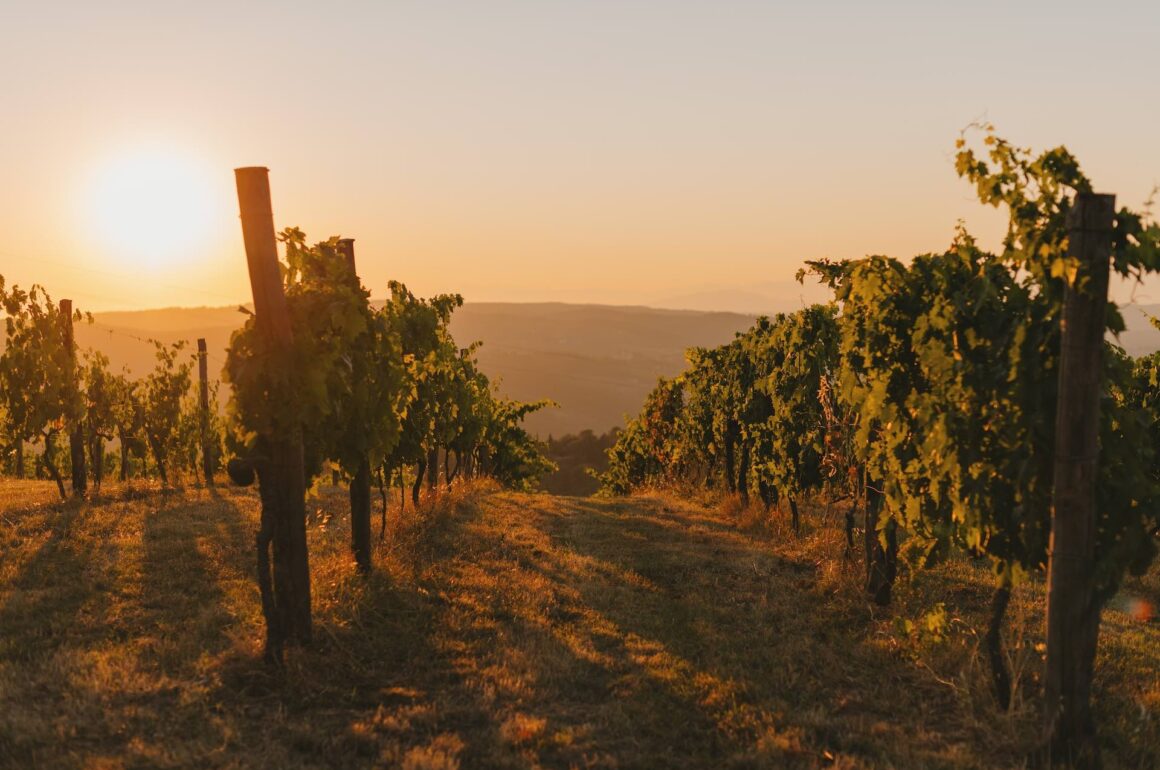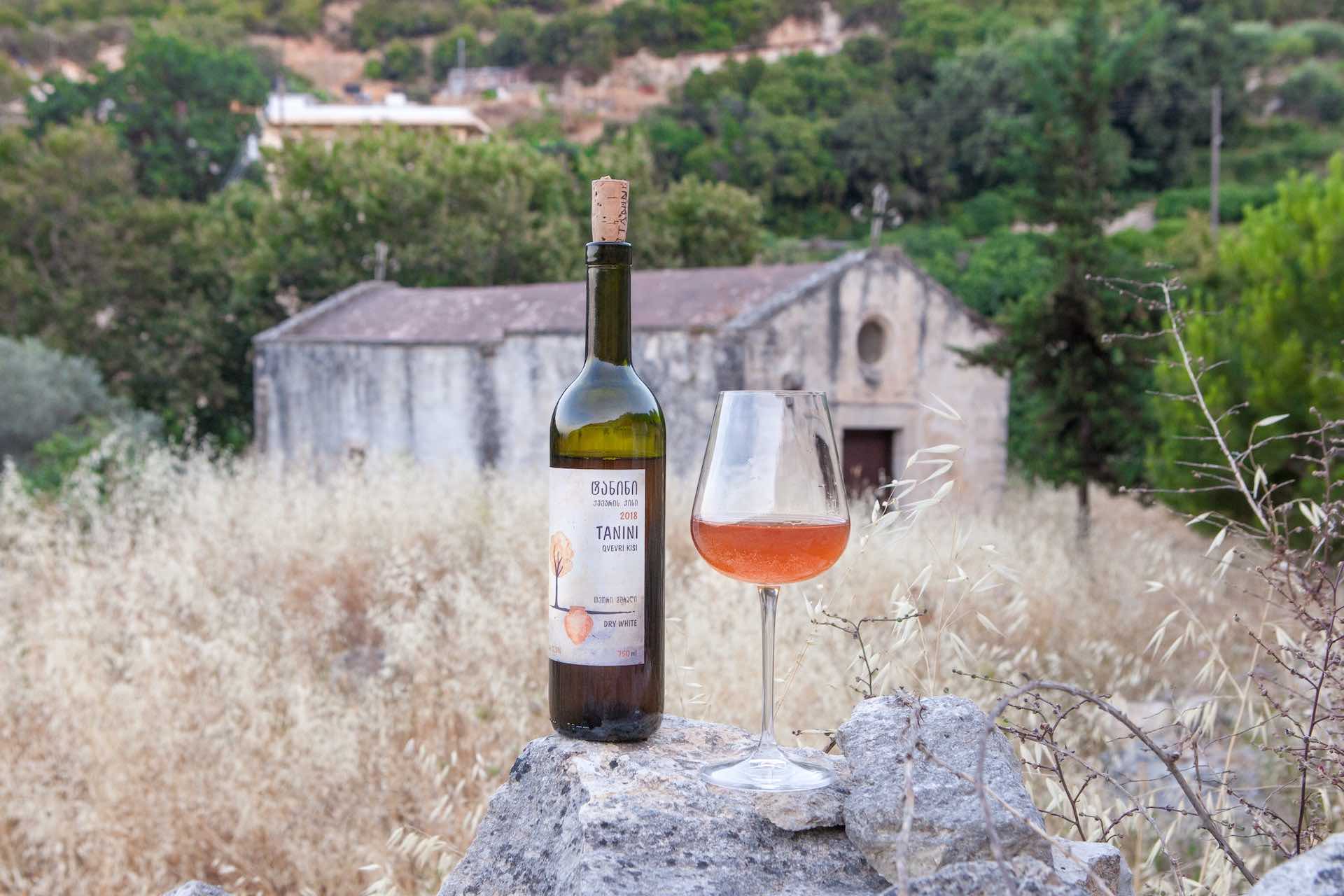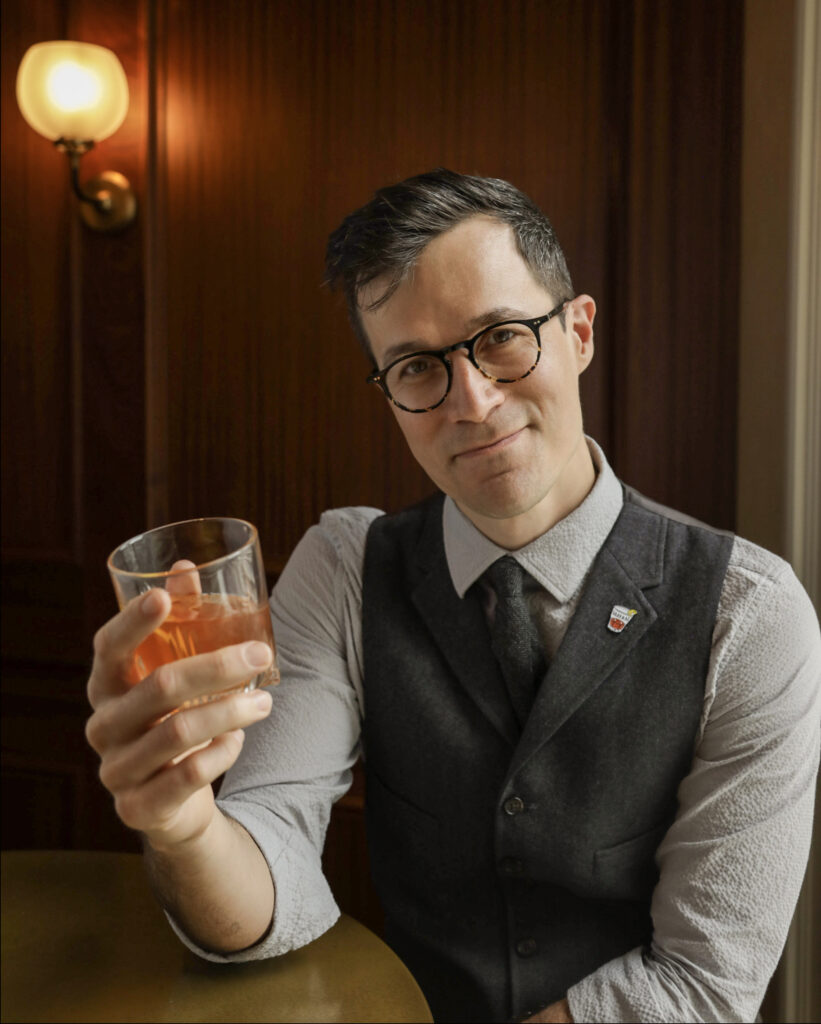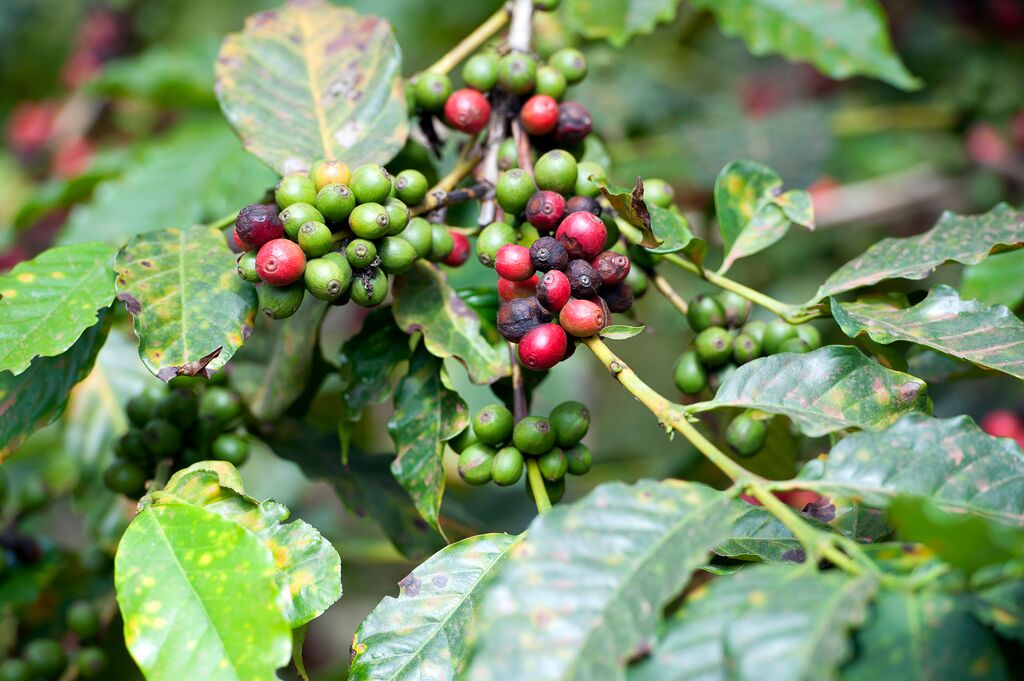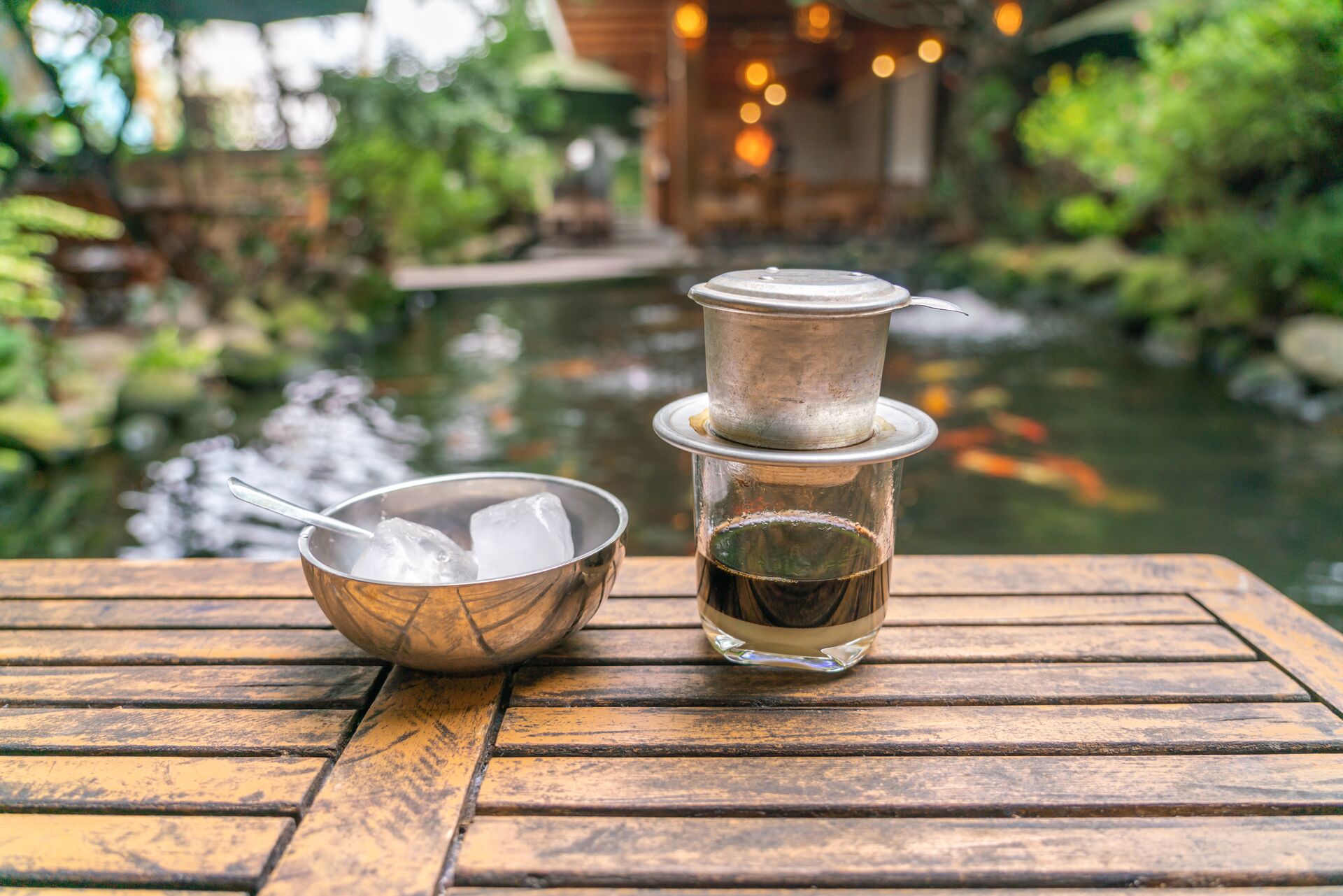When presented with a wine list any contemporary and acclaimed restaurant today, you’ll notice that the alongside the expected options for reds, whites, and rosés is another listing – orange wines.
But orange wine is no new phenomenon: it’s been around famous wine regions like Italy and Slovenia for centuries and traces its route back to Georgia millennia before that.
So why are orange wine brands currently trending and what makes the best orange wines rival the classic vinos dominating the wine industry? Here’s what you need to know about orange wine, the top orange wine producing countries, and the best orange wines from the last year that you need to try.
Unpeeling the orange wine phenomenon
Before you order an orange wine, here are a couple of “tasting notes” to keep in mind that will help you savor every sip.
What is an orange wine?
The first important detail to know about an orange wine is that its name is derived from its color, not from any fruit-fusion grape. Its color, which often gives it the alternate classification of an amber wine, is a result of the fermentation process.
Uncork more wine knowledge: The Luxury Gold Guide to Private Wine Tasting in Italy
How is orange wine made?
It’s a very similar process to other white wines, but with one key difference. White grapes used for orange wine do not have their skins removed during the fermentation process. This increased skin contact impacts the color, the texture, tannins, and other qualities of the wine.
What countries are the top orange wine growers?
Although orange wine processing dates back to the Caucasus area now known as the country of Georgia — which is also where the most ancient records of wine techniques were unearthed — other countries tend to be producers. Italy, particularly the northeastern area, and Slovenia produce some of the best orange wines available today.
Read next: Award-Winning Argentine Wines You Must Try on Your Next Trip
What are popular orange wine brands?
Like any other wine variety, brands span the spectrum – from smaller makers, like the family-owned Dominio de Punctum winery, to more popular brands including Milan Nestarec and Gérard Bertrand.
Why is orange wine so popular right now?
Orange wine has become something of an overnight sensation in 2023 for a number of reasons. Its profile offers the best of both worlds: the refreshing, easy-drinking nature of a white wine with the full-bodied flavors and notes that one would expect from a red wine. The best bottles are also starting new conversations about wine production and wine history, often with adults who are only casual wine drinkers.
What are the best orange wines of 2023?
A look into some award-winning wine brands of 2023.
Nerica Vina’s Pošip 60 2020 | Croatia
Gold winner of the Decanter World Wine Awards 2023
 One of the best orange wine makers you’ll find in Croatian restaurants, Nerica Vina showed the Decanter World Wine Awards that the country is refining its winemaking techniques. Nerica Vina’s Pošip 60 2020 earned a gold award in 2023. It was one of the only wines to earn the year’s gold distinction, making it one of the best in the world.
One of the best orange wine makers you’ll find in Croatian restaurants, Nerica Vina showed the Decanter World Wine Awards that the country is refining its winemaking techniques. Nerica Vina’s Pošip 60 2020 earned a gold award in 2023. It was one of the only wines to earn the year’s gold distinction, making it one of the best in the world.
Keep chilled: A look inside South Africa’s most beautiful and exclusive wineries
Wipach Wine Estate’s Rebula 2016 | Slovenia
Platinum Orange (Ext. Maceration) winner of the Great American Intl. Wine Competition 2023
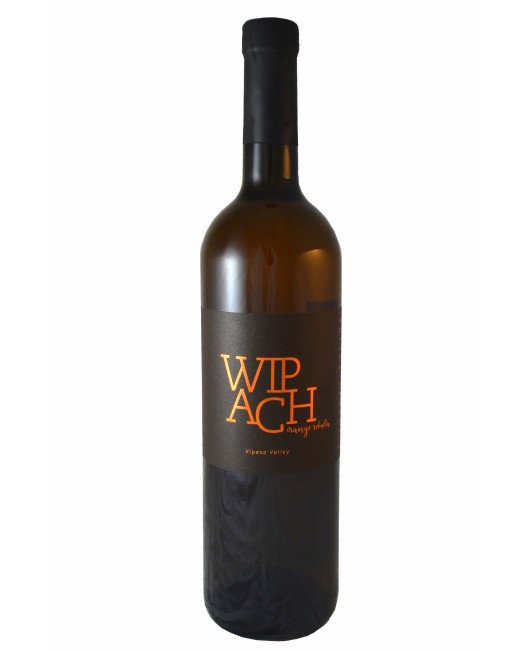 A small, family-run boutique winery in Slovenia is now home to one of the best orange wines of 2023. No stranger to awards from Decanter, AWC Vienna, and other competitions, Wipach Wine Estate’s Rebula 2016 won a platinum award in the Great American International Competition in 2023.
A small, family-run boutique winery in Slovenia is now home to one of the best orange wines of 2023. No stranger to awards from Decanter, AWC Vienna, and other competitions, Wipach Wine Estate’s Rebula 2016 won a platinum award in the Great American International Competition in 2023.
Parley Lake Winery’s Parley Vu Rose 2021 | USA
Silver winner of the San Francisco Chronicle Wine Competition 2023
 As the largest competition of North American wines, San Francisco Chronicle Wine Competition no doubt expected some of the best orange wines in America making their way to the judges’ table. Parley Lake, a winery in Waconia, Minnesota, won silver in the competition. Though named “Rose”, it’s actually an orange wine made with Frontenac Gris grapes to yield a medium-dry, crisp taste with notes of watermelon rind and chokecherry.
As the largest competition of North American wines, San Francisco Chronicle Wine Competition no doubt expected some of the best orange wines in America making their way to the judges’ table. Parley Lake, a winery in Waconia, Minnesota, won silver in the competition. Though named “Rose”, it’s actually an orange wine made with Frontenac Gris grapes to yield a medium-dry, crisp taste with notes of watermelon rind and chokecherry.
Latah Creek Wine Cellars’ Orange Moscato 2021 | USA
Gold Best of Class winner of the Dan Berger’s International Wine Competition 2022
 On the eve of 2023, Latah Creek Wine Cellars took home a Best of Class Gold award from the Dan Berger’s International Wine Competition. This 100% Orange Muscat is grown on Lonesome Spring Vineyard in Washington state yet brings a more tropical taste with its notes of sweet orange blossom and orange cream.
On the eve of 2023, Latah Creek Wine Cellars took home a Best of Class Gold award from the Dan Berger’s International Wine Competition. This 100% Orange Muscat is grown on Lonesome Spring Vineyard in Washington state yet brings a more tropical taste with its notes of sweet orange blossom and orange cream.
Breathe it in: An exclusive invitation from La Famiglia Mazzei, a Tuscan wine dynasty
Where can I try an orange wine?
Orange wine may be limited in growth production compared to reds and white, but you can still find a bottle behind the bars of the world’s most luxurious hotels and in the cellars of countless wineries. Order a glass in:
Argentina, on Luxury Gold’s Grand South America tour. You’ll spend a day exploring Valparaiso and Chilean wine country where you can explore how South America’s best orange wines pair with fantastic seafood.
France, on the Ultimate Southern France tour with Luxury Gold. When you’re not sipping Bordeaux in Bordeaux, visit the Languedoc wine region where you’ll learn about its strong white grape growth despite being a predominantly red wine country
Italy, on Luxury Gold’s Ultimate Italy tour. This tour brings you to Venice in Italy’s northeastern region where the majority of the world’s best orange wine production takes place.
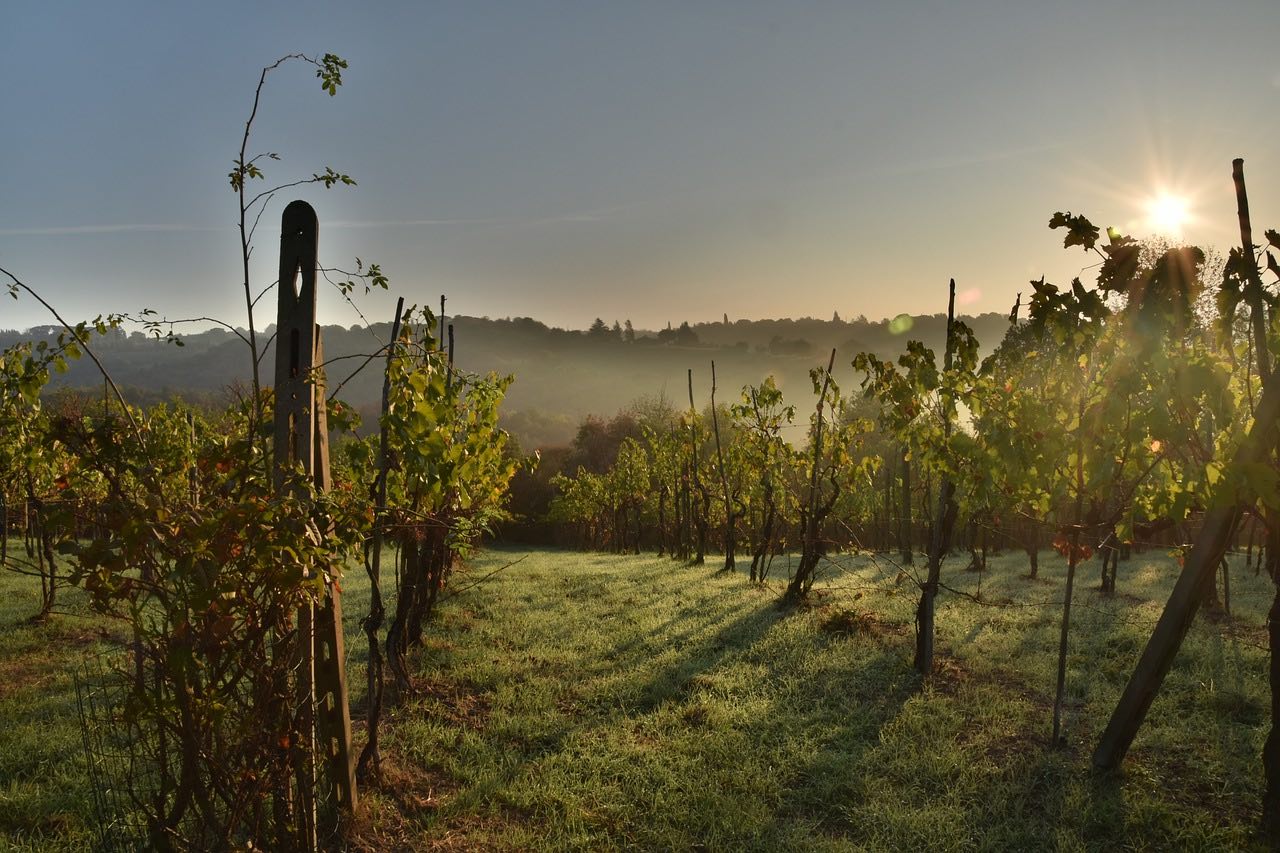
Croatia, on a Luxury Gold Croatia & the Dalmatian Coast tour. After touring Krka National Park’s waterfalls, you’ll sit down for lunch and a wine tasting at Biblich Winery, home to the Maximilian Rebula 2011 that is made in cooperation with a nearby Slovenian winery.
Australia, on the Inspiring Australia tour with Luxury Gold. Leave the outback and enter the Hunter Valley Wine Region, the country’s most renowned wine producing region.

Discover another: The perfect Australian grape by wine expert Nick Williams of Hungerford Hill



